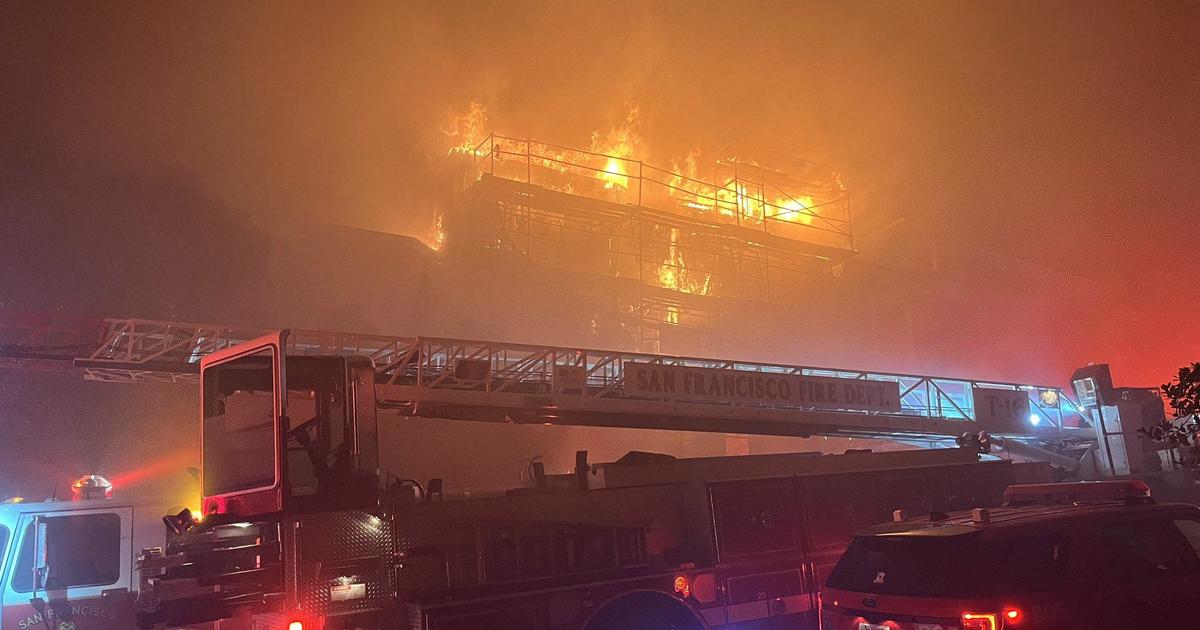Air Quality Managers Rely On Pollution Sensors For Real-Time Information
SAN FRANCISCO (KPIX 5) -- There are many different ways to get those Air Quality Index numbers that have been giving Bay Area residents an indication of just how bad the air is.
Looking at hazy, ash-filled, grey skies, or even trusting your sense of smell aren't the best methods to determine how much time you should spend outside.
The Environmental Protection Agency relies on more than 250 monitoring sites across California, and one in each of the 9 Bay Area Counties.
"They are placed in areas that are intended to be representative of typical conditions in an area," said Michael Flagg of Bay Area Air Quality Management District.
The state agency California Air Resources Board says it's collecting more information on air quality than ever before.
- Bay Area Air Quality Management District
- BAAQMD Current Air Quality
- EPA AirNow
- Purple Air – Tracks particulate matter, sensors may register higher numbers than the air actual air quality.
Stanford University Director of Air Pollution and Health Research Dr. Mary Prunicki is using a combination of regulatory government monitors, and low-cost commercially available sensors.
"What we're attempting to do now is to have subjects carry personal air-pollution measuring devices to try to get a better estimate of what people are really being exposed to," explained Prunicki.
The way the high-cost devices work is fairly simple. Air gets drawn into the machine, then a network of computers does the analysis.
"There's a filter that gets weighed in one monitor and then the other type of monitor, the particulate matter is deposited on the filter, and the beta attenuation of those particles is measured by sensors in the analyzer that translates to mass," said Flagg.
The regulatory monitors, which cost tens of thousands of dollars, calculate particulate matter, gaseous pollutants like Nitrogen dioxide, and ozone, then publish the AQI numbers hourly through AirNow, which is run by the EPA.
As wildfires ripped through millions of acres last month, the EPA and U.S. Forest Service launched a pilot program, adding data from low-cost sensors like Purple Air, that use laser and light technology to pump out numbers every ten minutes.
"Looking at a number of different things is the way I look at air quality and encourage folks to do that as well," said Flagg.
The new map is intended to help people make decisions to protect their health during fires.
The EPA will not use the data collected for that program to make regulatory decisions since it's partly relying on the low-cost commercially available air quality sensors.



